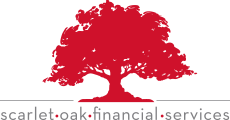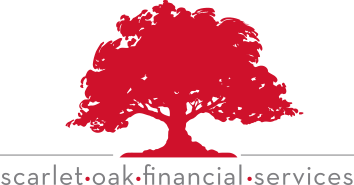What is the equal outlay method?
The equal outlay method is one of several methods used to compare the cost of life insurance policies. While it may be used to compare both similar and dissimilar policies, it is often used to compare policies that have flexible premiums.
Using the equal outlay method
The equal outlay method assumes that the policyholder pays (outlays) the same premiums for each policy and purchases equivalent death benefits every year. The goal is to find the policy with the highest death benefit and cash values. The method may differ depending on what types of policies are being compared. For instance, when comparing flexible premium policies, the death benefits and premiums can be made equal. Then the projected cash values can easily be compared. However, when comparing a term policy with a whole life policy or two policies where the premiums are fixed, a side fund must be created to account for the difference in premiums between the two policies. The side fund is then added to the face value of the policy with the lower premium so that the death benefits can be compared. In the case of a term policy versus a whole life policy, the amount in the side fund established for the term policy can also be compared with the cash surrender value of the whole life policy.
Strengths
Can be used to compare both similar and dissimilar policies
Unlike some other methods, the equal outlay method can be used to compare both similar and dissimilar policies, such as a term policy to a term policy, a flexible premium policy to a flexible premium policy, or a term policy to a whole life policy.
Tradeoffs
Results may be inaccurate unless data are carefully chosen
Like other methods, the equal outlay method relies upon some arbitrary data to complete the calculation. One of the assumptions that may make the calculation inaccurate is the assumed interest rate used for the side fund (the higher the interest rate, the more attractive the policy with the lower premium/side fund). Another is the term used to compare policies (the longer the term, the more likely it is that a whole life policy will outperform a term policy). The results will be more accurate if a realistic interest rate is used and if the comparison is done over a long term rather than a short term.
Conclusion
The equal outlay method offers a practical way to compare life insurance policies—whether they are similar in structure or very different—by leveling the playing field through equal premium outlays. By accounting for differences in cost with a side fund and then comparing death benefits and cash values over time, it provides a clear view of which policy may offer greater overall value. Its flexibility makes it useful for comparing both fixed and flexible premium policies, but accuracy depends on using realistic assumptions for interest rates and a comparison period long enough to capture performance differences. When applied carefully, the equal outlay method can help policyholders make more informed, data-driven life insurance decisions.
Scarlet Oak Financial Services can be reached at 800.871.1219 or contact us here. Click here to sign up for our newsletter with the latest economic news.
Source:
Broadridge Investor Communication Solutions, Inc. prepared this material for use by Scarlet Oak Financial Services.
Broadridge Investor Communication Solutions, Inc. does not provide investment, tax, legal, or retirement advice or recommendations. The information presented here is not specific to any individual’s personal circumstances. To the extent that this material concerns tax matters, it is not intended or written to be used, and cannot be used, by a taxpayer for the purpose of avoiding penalties that may be imposed by law. Each taxpayer should seek independent advice from a tax professional based on individual circumstances. Scarlet Oak Financial Services provide these materials for general information and educational purposes based upon publicly available information from sources believed to be reliable — we cannot assure the accuracy or completeness of these materials. The information in these materials may change at any time and without notice.



